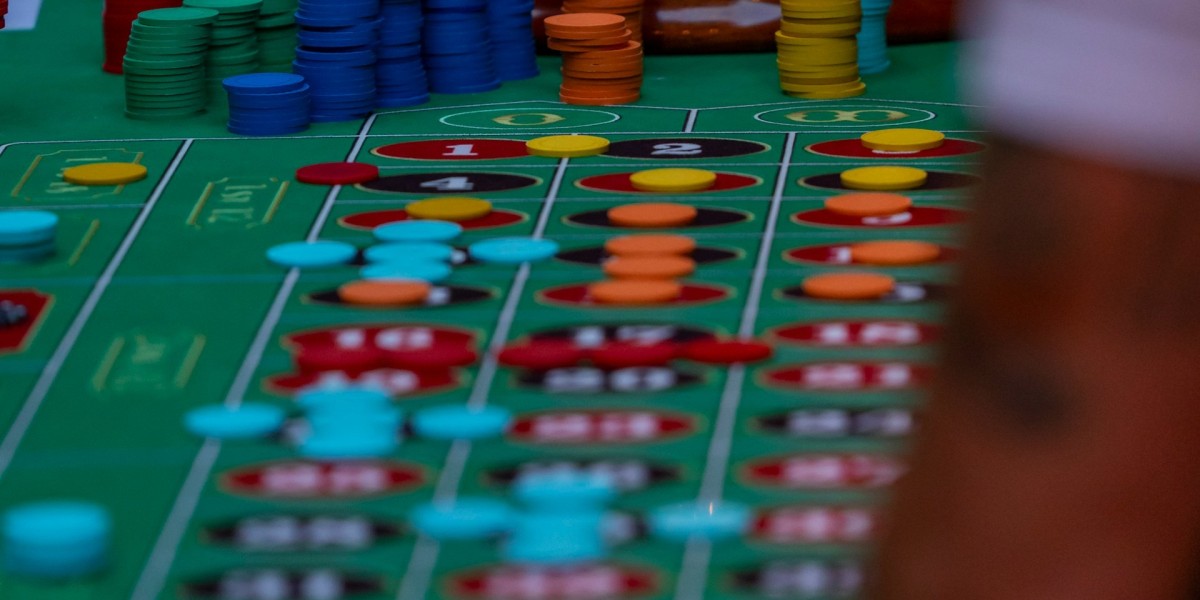Understanding What Clear PPF Really Is
Clear PPF wrap — short for Clear Paint Protection Film — is a transparent urethane film designed to shield your car’s painted surfaces from everyday damage such as stone chips, scratches, and UV exposure. It’s a crucial investment for car owners who value maintaining the original look of their vehicles for years. This self-healing film not only preserves the shine and integrity of your paintwork but also provides long-term protection against environmental contaminants and road debris.
However, a common question many car enthusiasts ask is whether Clear PPF can be removed and reapplied once installed. The short answer: it can be removed, but reapplying the same film is not recommended — and here’s why.
The Science Behind PPF Adhesion
Clear Paint Protection Film uses advanced adhesives that form a semi-permanent bond with your car’s paint surface. This adhesive layer ensures that the film stays in place under high temperatures, pressure, and daily wear. When you attempt to remove the PPF, the adhesive typically loses its bonding strength and uniformity, which means the film will no longer adhere as smoothly or effectively if reapplied.
Even though the film itself is durable, once it has been stretched, heated, and conformed to a specific panel, it changes shape slightly. This deformation makes it extremely difficult to reapply the same piece without visible imperfections such as wrinkles, bubbles, or uneven edges.
Why Reapplying PPF Isn’t Recommended
1. Loss of Adhesive Strength
Once a PPF is peeled off, the adhesive backing becomes contaminated with dust, dirt, or oil residues. Even if the surface and film are cleaned, achieving the same flawless adhesion as before is nearly impossible. Weak adhesion can cause peeling or lifting over time, reducing both protection and appearance.
2. Stretch and Shape Memory
During installation, professionals heat and stretch the film to contour around curves and edges. When removed, the film loses its “memory” of the original shape. Attempting to reinstall it will often result in misalignment, wrinkles, or overstretching.
3. Surface Damage Risks
Improper removal or reapplication may cause minor paint damage, especially if the adhesive bonds too strongly or if the vehicle has been repainted. Reusing film increases this risk because the adhesive may not release evenly on the second application.
4. Reduced Clarity and Finish
Once exposed to the elements, the PPF can develop micro-scratches, oxidation, or discoloration. Even with cleaning, these imperfections remain visible upon reapplication, diminishing the car’s aesthetic value.
When Should You Remove and Replace PPF?
Paint protection film typically lasts between 5 to 10 years, depending on quality, care, and exposure to sunlight or contaminants. You should consider replacing it when you notice:
Yellowing or discoloration
Edges peeling or lifting
Surface dullness or visible swirl marks
Uneven texture or adhesive residue
Replacing the old film with a new one ensures consistent clarity, gloss, and full protection across all vehicle surfaces. Professional removal minimizes the risk of damaging your paint and allows for proper surface preparation before applying a fresh layer.
Professional vs. DIY Removal
Professional Removal
Opting for a professional installer is highly recommended. Experts use heat guns, steamers, and adhesive removers to ensure the paint remains intact. They also have specialized tools to prevent scratching or tearing during removal.
Professional shops often inspect the paint condition and clean any residual adhesive before reapplying a new film. This guarantees a smooth surface for maximum adhesion and protection.
DIY Removal
DIY removal can be risky if not done carefully. Without controlled heat or correct tools, you could damage the clear coat or leave behind stubborn adhesive patches. If you attempt it yourself:
Always work in a warm environment.
Use a heat gun on low settings to soften the adhesive.
Pull the film gently at a 45-degree angle.
Clean the surface with adhesive remover and isopropyl alcohol afterward.
However, for optimal results, professional removal and reinstallation are always the safer choice.
Can You Reuse Any Part of Clear PPF?
While you cannot reuse the main PPF sections once removed, some smaller cutouts or leftover pieces can occasionally be used for limited touch-ups or test applications. However, these pieces will not provide uniform coverage or adhesion across larger panels. If your goal is full-body protection, new film installation is the only reliable solution.
How to Extend the Life of Your PPF
To maximize the lifespan of your Clear PPF wrap:
Wash regularly with pH-balanced soap.
Avoid harsh chemicals or abrasive tools.
Apply ceramic coating over PPF for enhanced durability and gloss.
Park in shaded areas to reduce UV exposure.
Inspect periodically for early signs of wear or lifting edges.
Proper maintenance ensures your vehicle remains protected and visually flawless for many years.
The Bottom Line
While Clear PPF can be safely removed, reusing the same film compromises its integrity, adhesion, and finish. The technology behind the adhesive is designed for one-time application only. For a truly seamless, durable, and high-gloss result, always replace old film with a new, professionally installed Clear PPF wrap.
By trusting expert installers and following proper care techniques, you can preserve your car’s beauty and paintwork — ensuring it stays protected against the elements while maintaining that showroom shine.








